Mayan Revival and L.A. Views
Curated Mid-Century Modern Home Listings
The Ennis House, designed by Frank Lloyd Wright and built in 1924, is one of the most architecturally significant residences in Los Angeles. Perched in the Los Feliz Hills, the textile concrete blocks embodies the enigmatic Mayan Revival style. It Ennis House was the last (and largest) of Wright's four textile block homes, preceded by the Millard, Freeman, and Storer houses.
Measuring approximately 6,200 square feet, the Ennis House was commissioned by Charles and Mabel Ennis, who had long sought to work with Wright. The construction represented a serious undertaking for a residential project requiring over 27,000 interlocking concrete blocks, many of which were hand-cast on site. The blocks were custom made using decomposed granite sourced from the property itself, mixed with cement and water. Each block measures roughly 16 inches by 16 inches and was patterned with a relief design with pre-Columbian motifs. The construction system was part of Wright’s vision for a scalable approach to modern housing, one that relied on modular, repeatable units.
Steel reinforcement rods were used inside some of the blocks, and vertical grouting was added to bind them together. However, this system proved more problematic in practice. The porous concrete and Los Angeles' seismic activity led to structural instability and water infiltration. By the early 2000s, the house had sustained significant damage from earthquakes and heavy rain, and parts of it were deemed unsafe. A $17 million restoration effort was completed in the 2010s by the Ennis House Foundation and later private owners, including billionaire Ron Burkle, who purchased the house in 2011 and listed it for sale in 2018.
What is Mayan Revival anyways?
The Ennis House is one of the clearest examples of the Mayan Revival style in American architecture. Mayan Revival was a design trend that briefly flourished in the 1920s and 1930s, heavily influenced by archaeological discoveries and popular fascination with ancient Mesoamerican civilizations. The style is characterized by massive forms, geometric ornamentation, and decorative reliefs that draw from temples and glyphs found at sites such as Uxmal, Chichen Itza, and Palenque. As random as it sounds, its seems to work, especially in the sunny southwestern U.S. states.
In the Ennis House, Wright interpreted these influences a bit more abstractly than other projects of the era. The concrete blocks feature a repeating relief that suggests the appearance of a stylized Mayan glyph or textile pattern. The structure as a whole resembles a stepped temple, especially when viewed from a distance. Wright’s intent was not historical accuracy but an emotional and formal resonance with the spiritual and geometric qualities he saw in ancient architecture, a goal I think he nailed.
The Ennis House has appeared in more than 80 films, television shows, and music videos. Its juxtaposition of the futuristic and ancient has made it a favorite for directors. Most notably, it was featured in Blade Runner (1982), where it served as Deckard’s apartment, and in The Day of the Locust (1975), Buffy the Vampire Slayer, and House on Haunted Hill (1959). It was added to the National Register of Historic Places in 1971 and declared a Los Angeles Historic-Cultural Monument in 1976.
Despite early structural challenges, the Ennis House remains one of Frank Lloyd Wright’s most influential works. It represents a period of pretty wild experimentation in his career and continues to inspire creatives looking to blend ancient symbolism and modern innovation.
GEMS FOR SALE THIS WEEK
4131 Scranton Cir, Carmichael, CA 95608
947 N Martel Ave, Los Angeles, CA 90046
4246 Lin Nan Ln, Norton Shores, MI 49441
4075 N Delhi Rd, Ann Arbor, MI 48103
2016 Castleway Dr NE, Atlanta, GA 30345
5507 Woodland Dr, Savannah, GA 31406



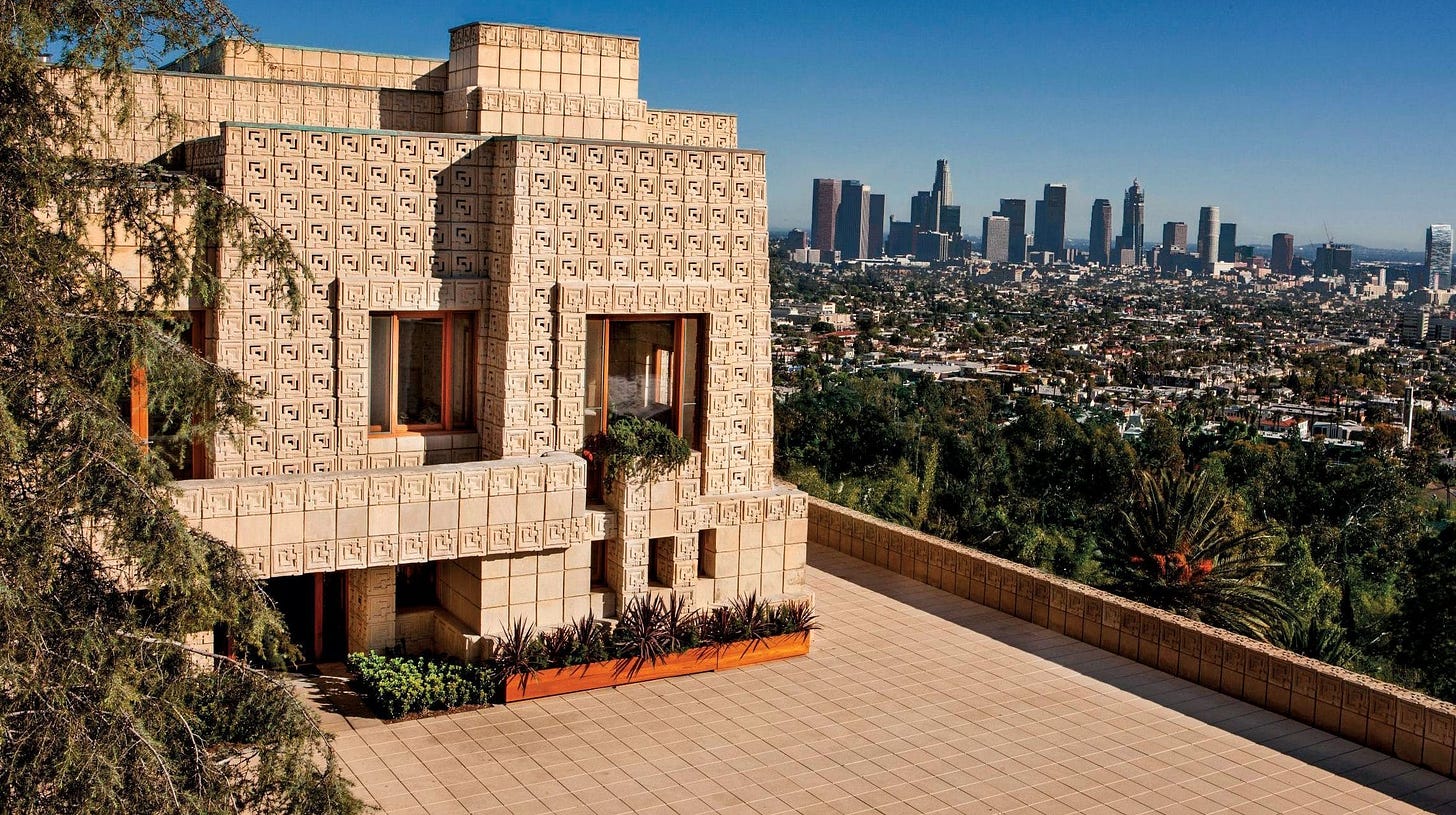
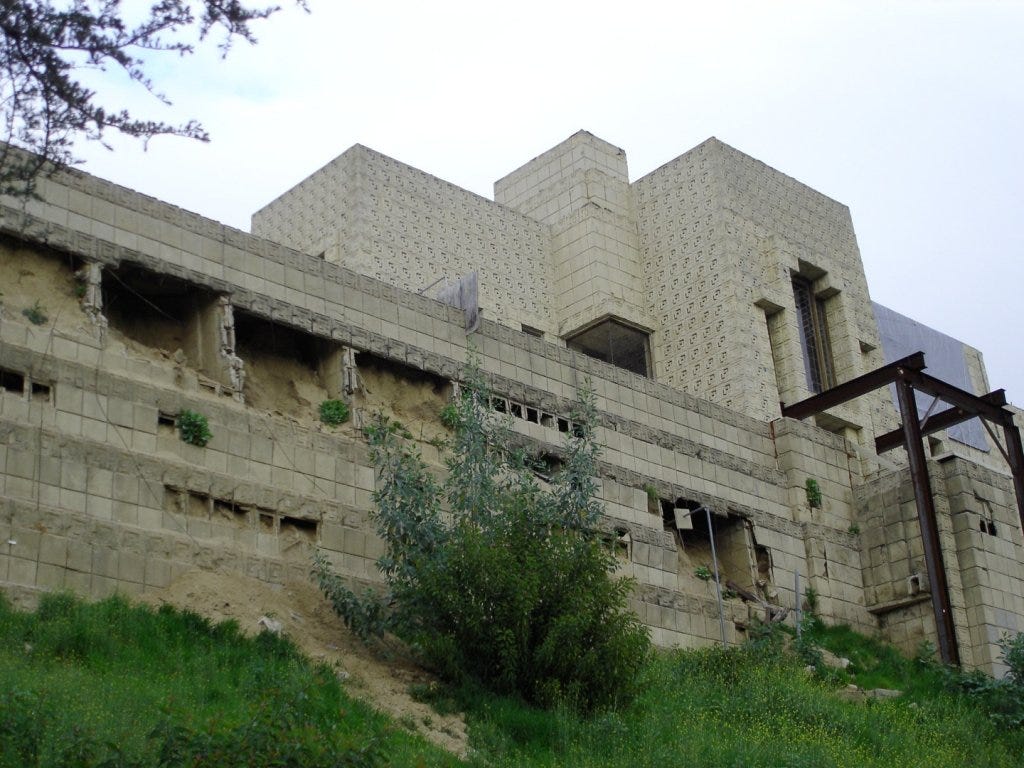
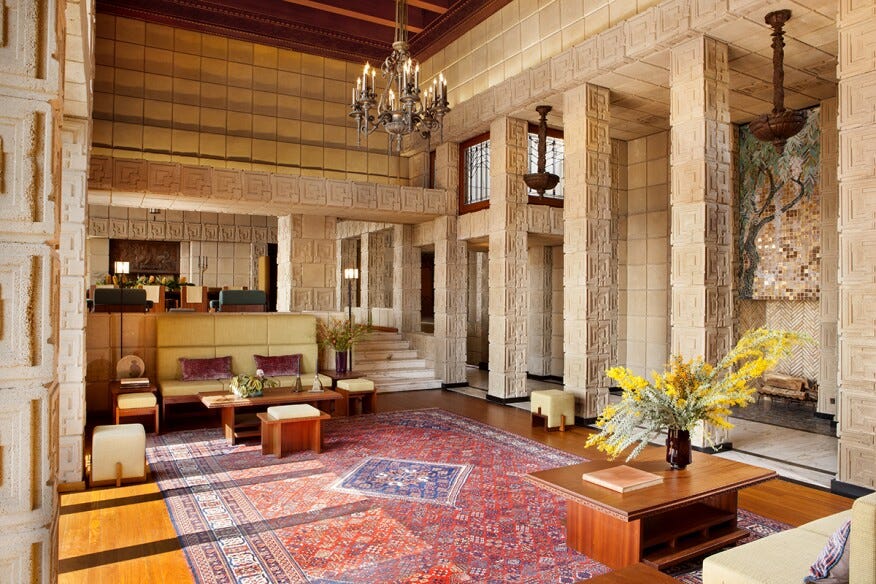
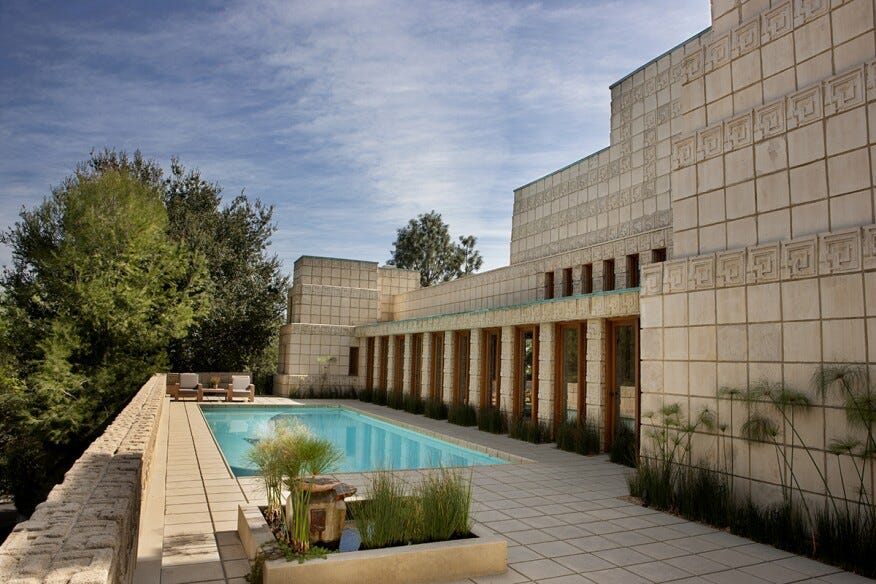
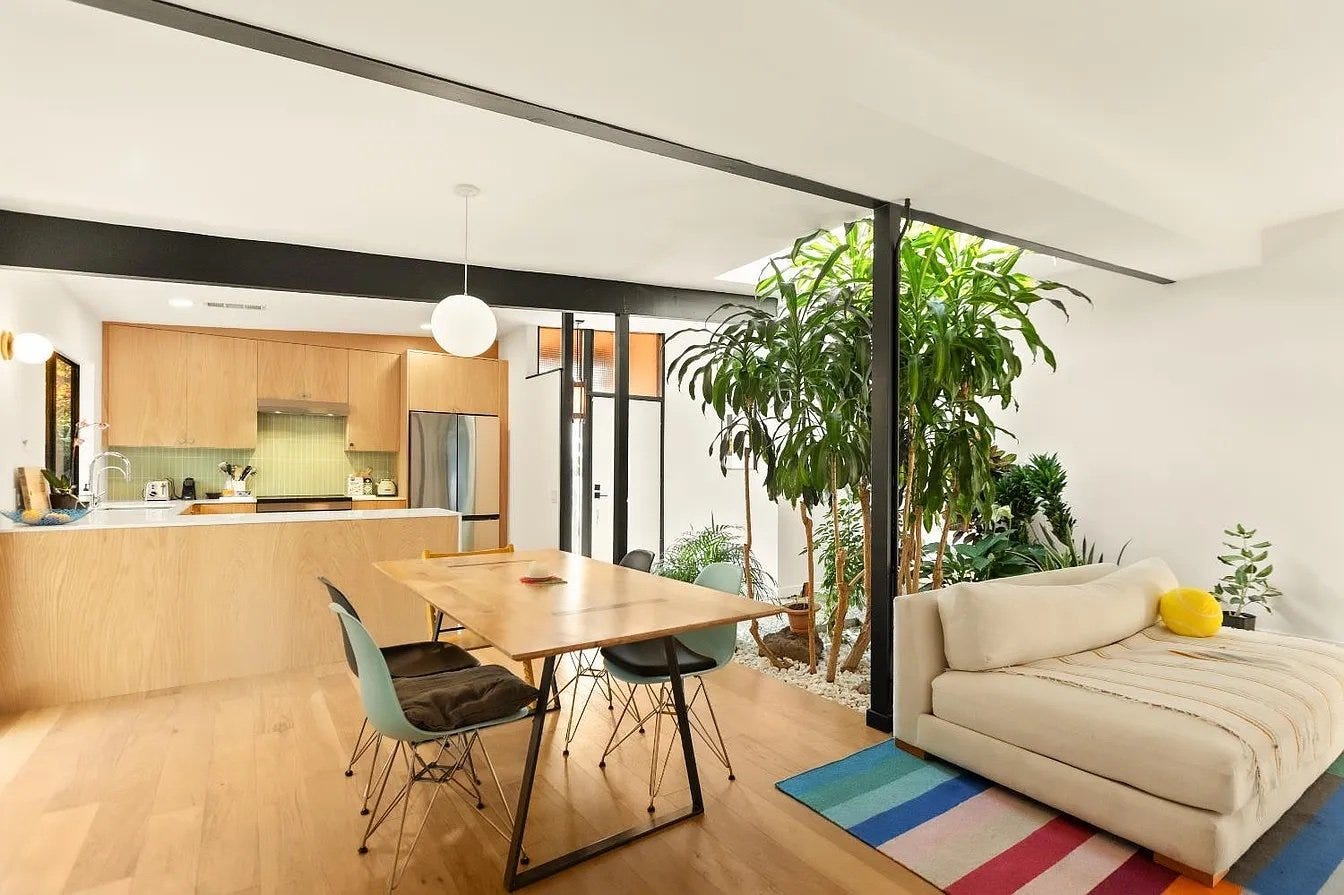
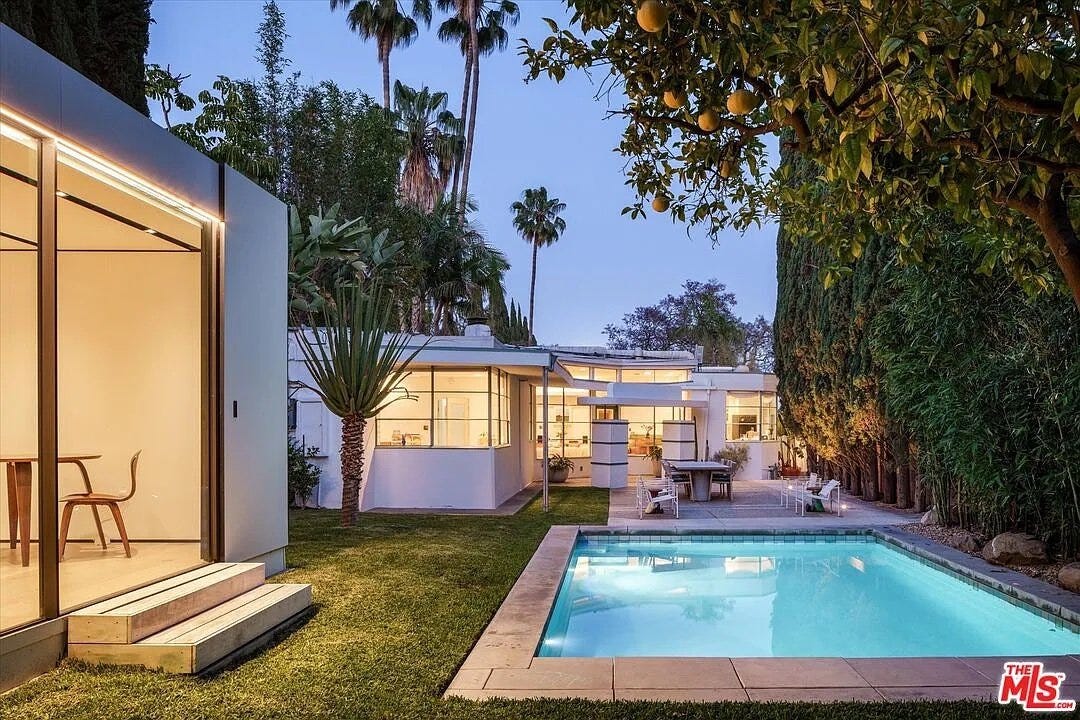
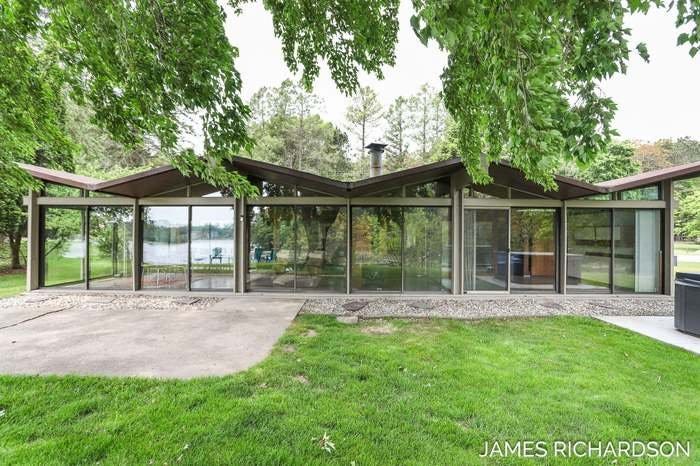
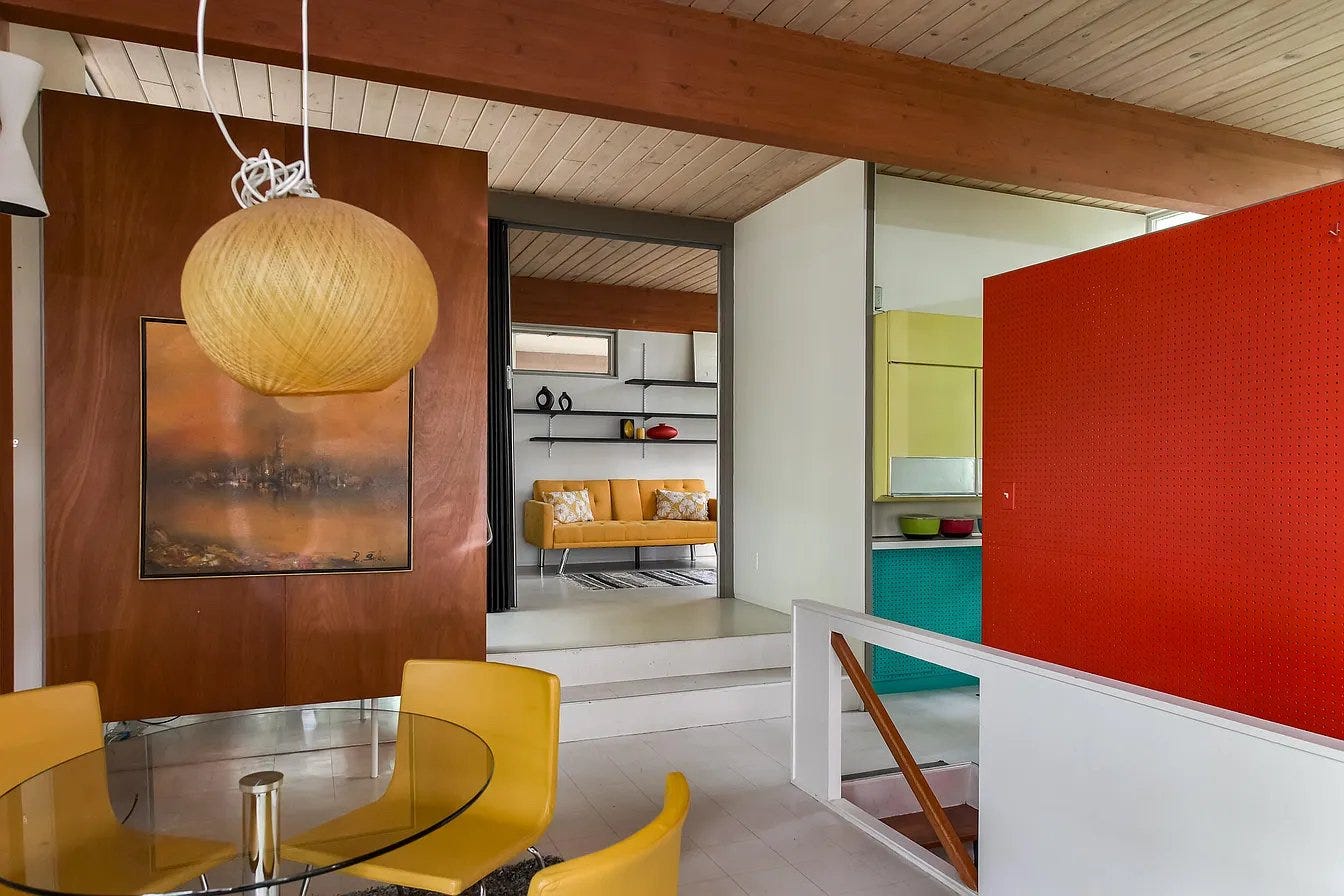
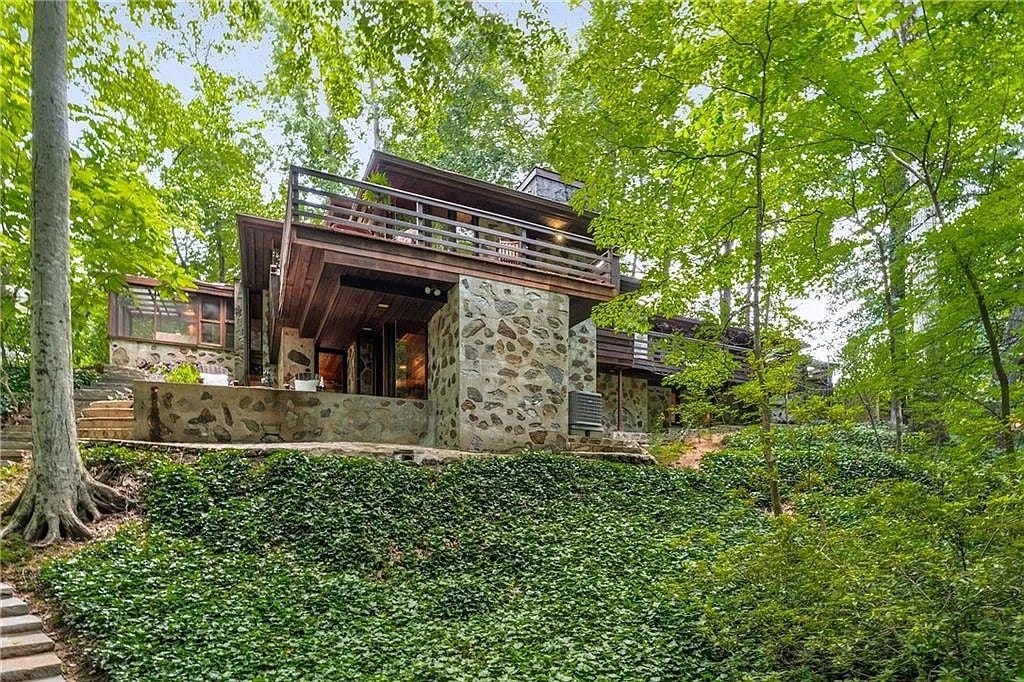
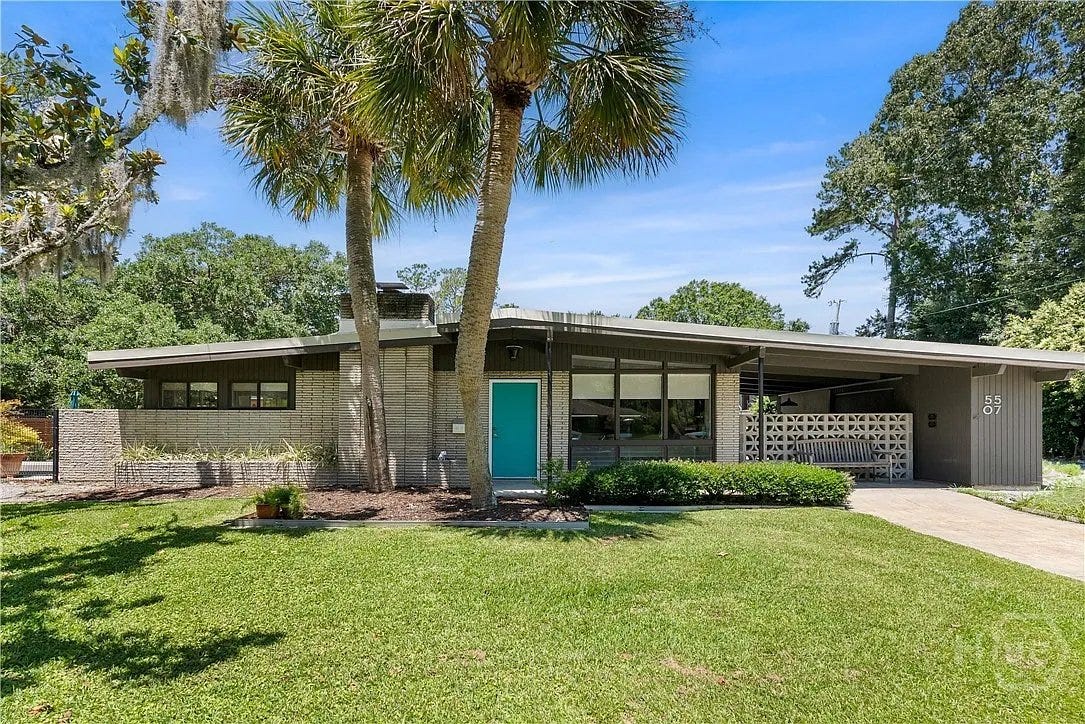
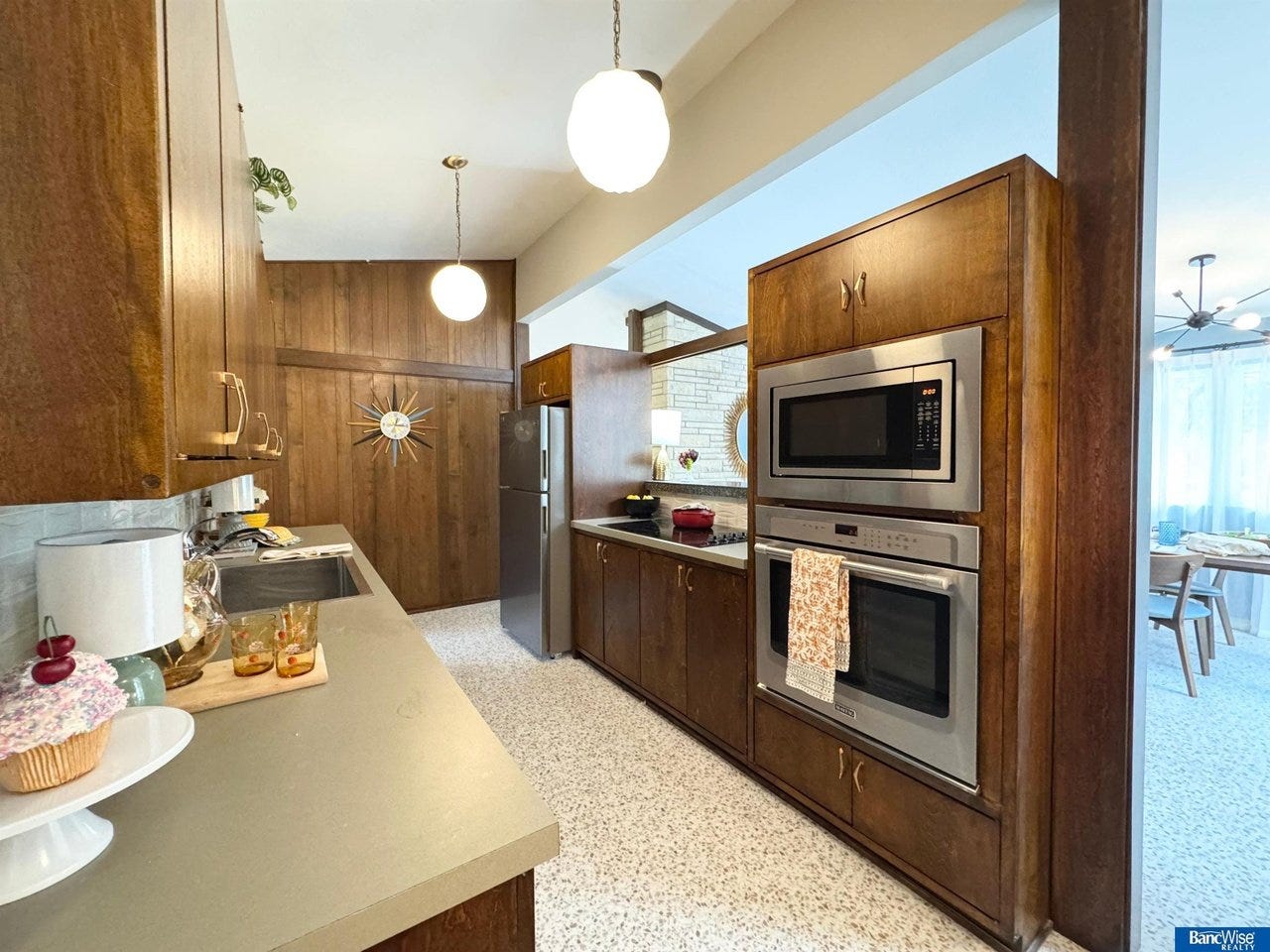
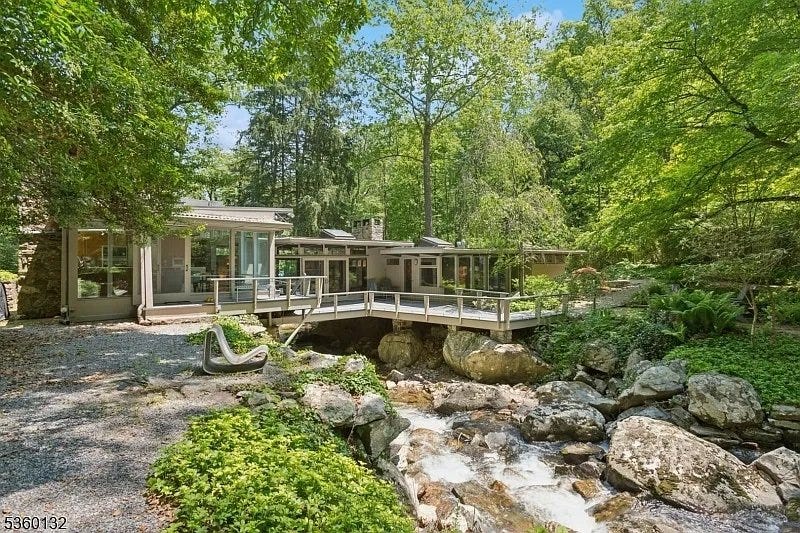
So cool. I had no idea it was in so many movies